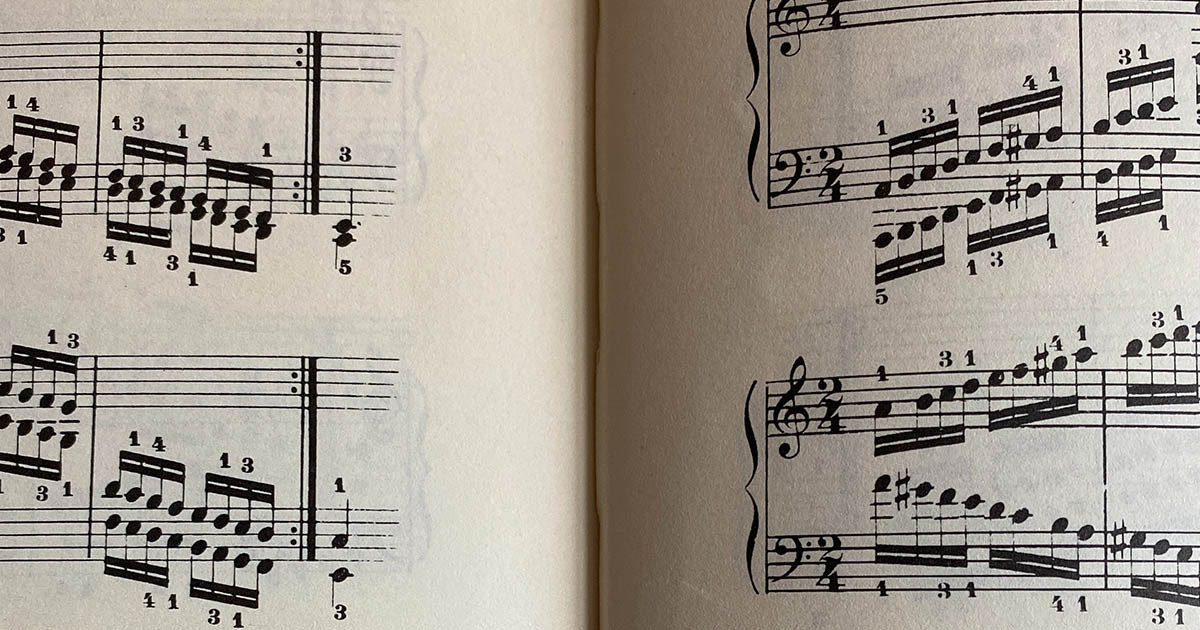10 Practice Mistakes Musicians Should Avoid
by Mitchell Estrin
Date Posted: January 20, 2021

Practicing is the most important way for a musician to progress on an instrument. How you practice will dictate the speed and efficacy of your musical progression. The great trombone virtuoso Joe Alessi said it succinctly when he stated, “The goal is to get the maximum results in the minimum amount of time.” In order to achieve this, you must not practice in a haphazard way, but develop a structured routine that will assure positive and satisfying musical results.
Many musicians fall into bad practicing habits, and this can lead to frustration and a lack of positive results. I suggest that every musician carefully evaluate their practice routine, create winning strategies, and put them in place to assure good results. There are no mysteries here, just thoughtful planning and structuring of practice sessions.
To help my students develop good practice routines, I suggest they avoid these 10 practice mistakes.
1. Not having a plan going in.
Many students take their instrument out of the case and start looking through music to decide what they will practice.
Solution: Plan exactly what you intend to practice before your practice session. I decide the practice order for my next session (and put the music in order on my music stand) when I have finished packing up after a practice session.
2. Warming up by playing a few notes and then start practicing repertoire.
Solution: Create a thoughtful and structured warm-up routine. Warming up is the time to give yourself a lesson in fundamentals while allowing your muscles time to prepare for more rigorous playing.
My 30-minute routine begins with long tones and is followed by scales and articulation practice. I pay strict attention to all of my fundamentals while performing these musical calisthenics in order to reinforce good playing habits and strengthen my fundamental techniques.
3. Warming up without a metronome.
Solution: Use a metronome!
For long tones, you can set comfortable tempos and gradually get slower as you progress.
For scales, the metronome will keep you honest and help you to play evenly with a steady beat. Practicing out of rhythm will teach you to play out of rhythm with uneven technique.
4. Playing through a lot of music to see where this leads.
Solution: Think about what music you are going to practice and decide exactly what you are going to work on and why. What are you trying to improve and how are you going to address the problems you may encounter?
5. Thinking repetitions will solve technical problems.
Solution: Thoughtful and accurate repetitions with a high level of concentration will help to solve technical problems.
6. Playing for extended periods of time without taking a break.
Solution: Take a 5-10 minute break every hour. Your mind needs to relax and your muscles need to rest. Be sure to hydrate during your breaks. Taking breaks will help to prevent repetitive strain injuries.
7. Bringing life problems into your practice session.
Your mind must be clear and completely focused on practicing or else you will be wasting your time.
Solution: Take time to think before your session and compartmentalize your life problems and commit to revisiting them after your session. If the problems need immediate attention, delay your practice session until your mind can be clear and focused on practicing.
8. Leaving your cell phone notifications on.
Solution: Turn notifications off or, better yet, turn the phone off! The texts, emails, notifications, and voicemail will be waiting for you after your session. You can shut the world out for a couple of hours during your day to fully focus on your progress as a musician. If you utilize any apps during your practice sessions (metronome, tuner, etc.), put your phone on airplane mode.
9. Forgetting to always think about the line.
Solution: Play a singing and well-phrased musical line regardless of what you are practicing – long tones, scales, repetitive technical passages, lyrical passages, etc. Challenge yourself to always create a beautiful sound and create an artistic musical line, even in your warm-up!
10. Forgetting to enjoy playing your instrument and congratulating yourself for your progress.
Solution: Have some fun practicing music! Enjoyment is why we spend so many hours isolating ourselves to become more proficient in performing music. Give yourself positive reinforcement and a pat on the back when you progress. Look at the long term picture and see how far you have come over the past weeks, months, and years.
I hope this article will help you to avoid these 10 common practice mistakes. Happy practicing!

About Mitchell Estrin
Mitchell Estrin is Professor of Clarinet at the University of Florida and Music Director and Conductor of the University of Florida Clarinet Ensemble. He is the past President of the International Clarinet Association and author of the biography Stanley Drucker Clarinet Master published by Carl Fischer. Estrin performed as a clarinetist with the New York Philharmonic for over twenty years in hundreds of concerts and on 19 tours. As an international concert artist, he has performed in 37 countries on 4 continents. As a studio musician, Estrin has recorded dozens of motion picture soundtracks for Columbia Pictures, Walt Disney Pictures, Paramount Pictures, MGM, 20th Century Fox, United Artists, and Warner Brothers on feature films. They include Fargo, Beauty and the Beast, Aladdin, Interview With a Vampire, Home Alone 2, Pocahontas, Doc Hollywood, Regarding Henry, TheUntouchables, and more. His television credits include recordings for ABC, NBC, CBS, CNN, HBO, TBS, and ESPN. Learn more about Mitchell Estrin.